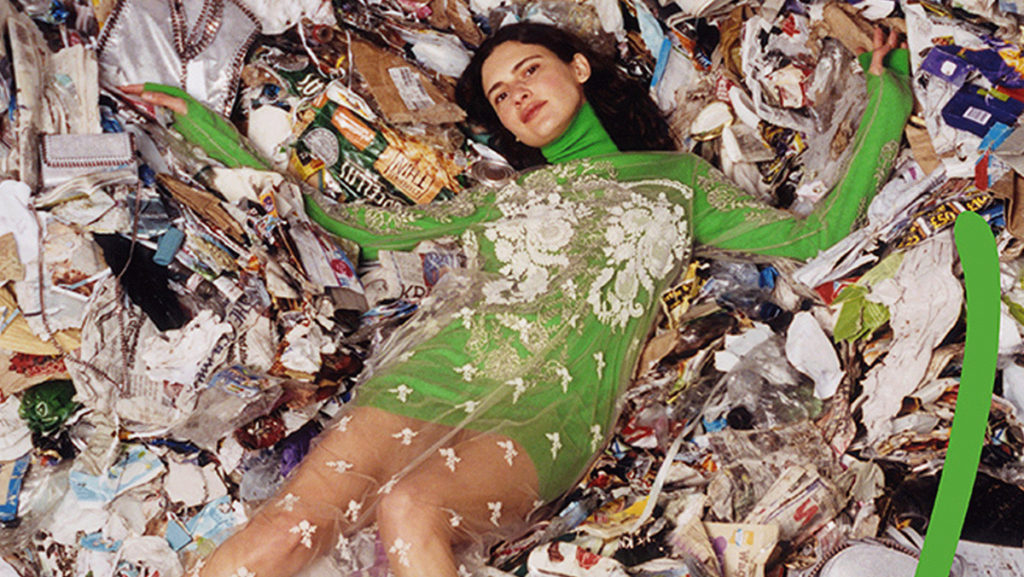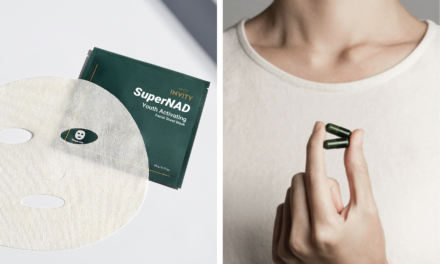Around 85% of all textiles will go into landfills each year. Furthermore, the fashion industry produces approximately 92 million tons per year of textile waste. The fashion industry has a huge impact on the environment. Luckily for you, there are simple ways you can reduce fashion waste.
Composting is a method of decomposing organic solid wastes. This process can recycle organic material to create an excellent nutrient-filled fertilizer for plants. Many materials can be used to compost, including textiles. Here’s a guide to composting old clothes.

- Check the Label
- If your clothes are made of natural fibers such as cotton or hemp, they’re compostable. If they’re made of synthetic materials, they’re not compostable. Check the label to see what you’re working with.
- Biodegradable fabrics: cotton, silk, wool, cashmere, hemp, bamboo, linen
- Non-biodegradable: polyester, spandex, nylon, and rayon
- Remove Non-compostable Parts of the Clothing
- Many pieces of clothing may not have materials that are biodegradable. This can include small details such as buttons, sequins, zippers, etc. Try your best to remove these little pieces. You may even find a different use for an extra button or two for a craft or use as a repair piece.
- Shred
- The next step is to shred your clothing item as much as possible. The smaller the pieces, the faster they will decompose. You can cut them into strands or little squares.
- Add to Compost Pile and Turn Up the Heat
- After your clothes are shredded, add them to the middle of your compost pile. The middle is the warmest part of the pile which will help to make the materials decompose faster.
- Recycle Leftover Materials
- Those buttons you set aside? They still have use! Consider donating the leftover materials to a local art stop to be reused for artistic creations.
Edited by Wynter Aiken











